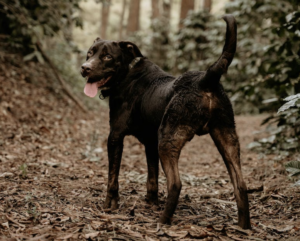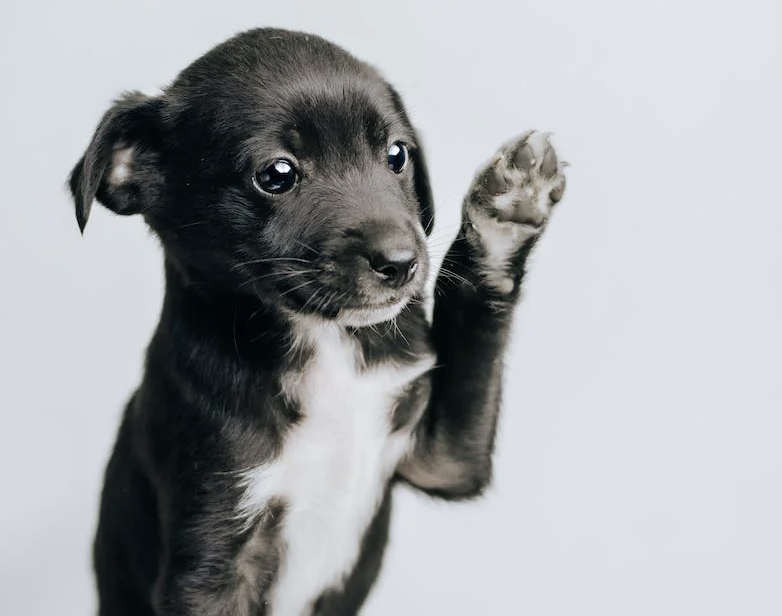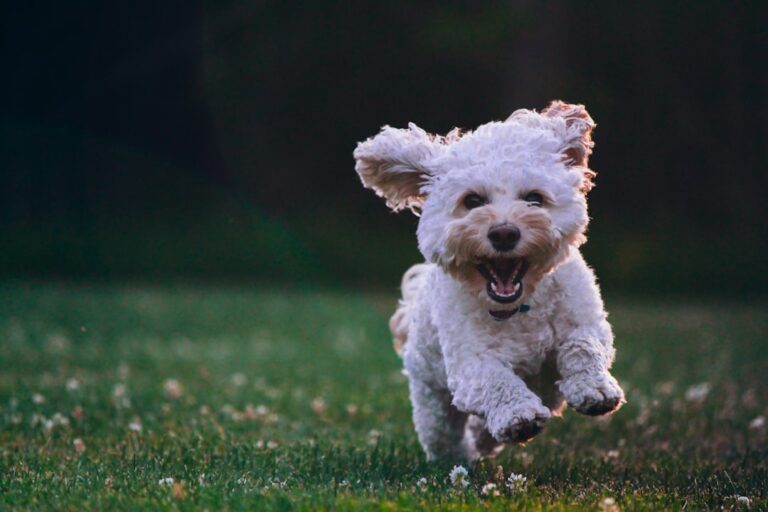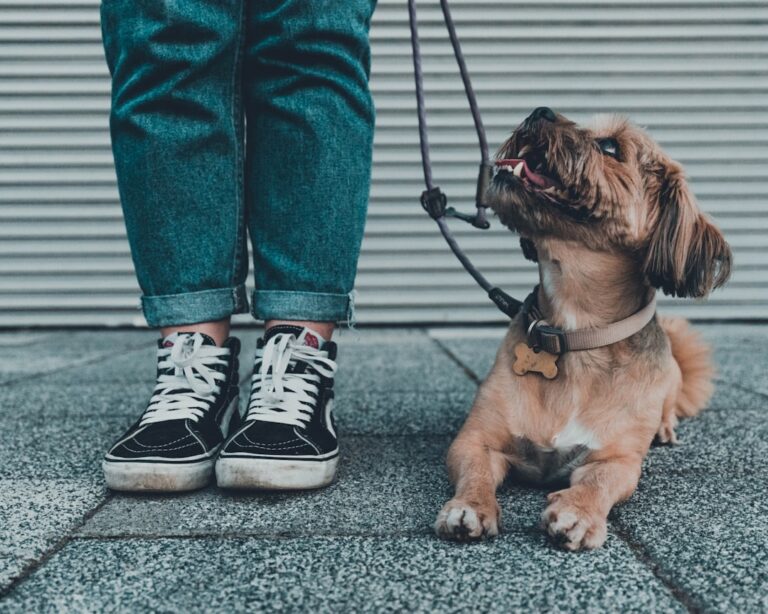10 Ways On How To Read Dog’s Body Language
Understanding your dog’s body language is a crucial aspect of building a strong and harmonious relationship.

Dogs communicate through a rich tapestry of gestures, expressions, and postures. These can convey their emotions, needs, and reactions to the world around them.
In this comprehensive guide, we delve into the intricate language of dogs. We will ensure to equip you with the knowledge to read and interpret their body language effectively.
The Importance of Dog’s Body Language
Canine body language is the primary means of communication for dogs.
By deciphering their signals, you can gain insights into their emotions. This can allow you to respond appropriately and nurture a deeper connection.
Facial Expressions
The face is a canvas of emotions for dogs.
A relaxed face with soft eyes and a slightly open mouth indicates contentment. Raised eyebrows may signal curiosity or excitement, while a wrinkled forehead can denote confusion or concern.
Paying attention to the eyes, ears, and mouth provides valuable clues about your dog’s state of mind.
Ear Positions
Dog ears are incredibly expressive.
Ears held forward suggest attentiveness or excitement. On the other hand, flattened ears indicate fear or submission. Erect ears can signify alertness, and rotating ears may signal indecision or curiosity.
Understanding these nuances helps you gauge your dog’s emotional state.
Tail Language
The tail is a dynamic tool for canine communication.
A wagging tail is often associated with happiness, but the speed, height, and direction of the wag convey different messages. A high wagging tail can denote confidence, while a tucked tail may indicate fear or submission.
Observing the tail in context with other body language elements provides a more accurate interpretation.
Body Posture
The overall body posture is a key indicator of a dog’s mood.
A relaxed and loose body suggests comfort and contentment, while a stiff body may signal tension or anxiety. Raised hackles can indicate arousal, fear, or aggression.
Observing how your dog carries themselves in various situations helps you understand their emotional responses.
Mouth and Lips
Dogs use their mouths to communicate a range of emotions.
A relaxed, open mouth signifies calmness, while lip licking can indicate anxiety or discomfort. Baring teeth may be a sign of aggression or fear.
Recognizing the subtle movements of the lips allows you to respond appropriately to your dog’s emotional state.
Paw and Leg Movements

The position and movement of your dog’s paws and legs provide additional clues.
Scratching, lifting a paw, or tapping can be indicative of uncertainty or stress. Pawing at you may convey a desire for attention or play.
Understanding these subtle cues enhances your ability to respond to your dog’s needs.
Vocalizations
While not strictly body language, vocalizations are a vital part of canine communication.
Barks, whines, growls, and howls each have distinct meanings. Paying attention to the pitch, duration, and frequency of vocalizations, along with accompanying body language, helps you interpret the message your dog is conveying.
Context Matters
It’s crucial to consider the context in which your dog exhibits certain behaviors. A wagging tail at the park may indicate excitement, while the same tail wagging in a veterinary clinic may signal nervousness.
Understanding the environmental context provides a more accurate interpretation of your dog’s emotions.
Building Trust through Observation
Developing the skill of reading dog body language takes time and practice. Regular observation of your dog in various situations fosters a deeper understanding of their individual cues.
This enhanced awareness strengthens the bond between you and your furry friend.
Final Thoughts

Mastering the art of reading dog’s body language is a valuable skill for any dog owner. It deepens your connection with your canine companion, allowing you to respond effectively to their needs and emotions.
By tuning into the subtle nuances of facial expressions, ear positions, tail language, and overall body posture, you become fluent in the rich and nuanced language of dogs.
This heightened awareness creates a harmonious environment where communication flows effortlessly. Most importansty, it can strengthen the bond between you and your furry friend.









